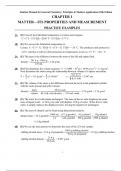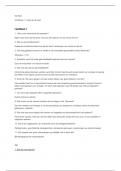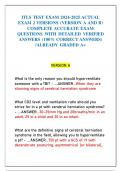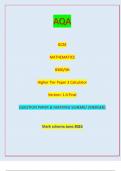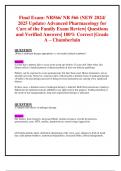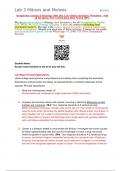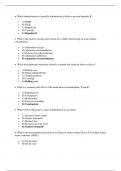Exam (elaborations)
Solutions Manual for General Chemistry: Principles and Modern Applications 10th Edition by Ralph H. Petrucci, F. Geoffrey Herring, Jeffry D. Madura & Carey Bissonnette
Solutions Manual for General Chemistry: Principles and Modern Applications 10th Edition by Ralph H. Petrucci, F. Geoffrey Herring, Jeffry D. Madura & Carey Bissonnette
[Show more]
